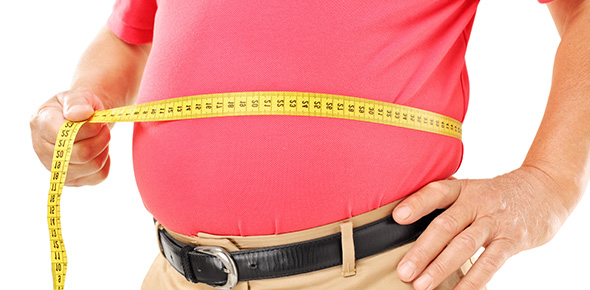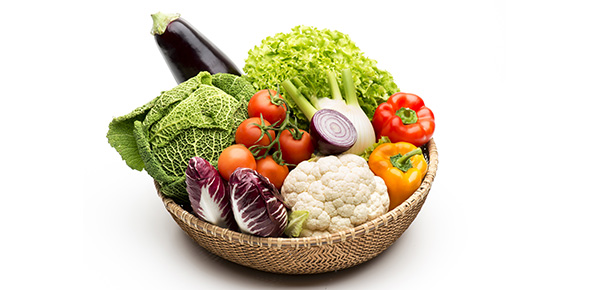Related Flashcards
Related Topics
Cards In This Set
| Front | Back |
|
Appetite
|
A psychological desire to consume specific food
|
|
Hunger
|
A psychological sensation that prompts us to eat
|
|
Hypothalamus
|
A region of the forebrain below the thalamus where visceral sensations, such as hunger and thirst, are regulated
|
|
Hormone
|
Chemical messenger that is secreted into the bloodstream by one of the many glands of the body and acts as a regulator in the physiological processes at a site remote from the gland that secrete it.
|
|
Tissue
|
Group of cells that perform particular set of functions; ex. muscle tissue
|
|
Organ
|
Two or more tissues performing specific function; ex. esophagus
|
|
System
|
A group of organs that work together to perform unique function; ex. Gastrointestinal system
|
|
Gastrointestinal (GI) tract
|
A long, muscular tube consisting of several organs: the mought, esophagus, stomach, small intestine, and large intestine; process of digestion, absorption and elimination take place here
|
|
Sphincter
|
A tight ring of muscle separating some of the organs of the GI tract and opening response nerve signals indicating that food is already to pass into the next section
|
|
Cephalic phase
|
Earliest phase of digestion in which the brain thinks about and prepares the digestive organs for the consumption of food
|
|
Saliva
|
A mixture of water, mucus, enzymes and other chemicals that moisten the mouth and food, binds food particles together, and begins the digestion of carbohydrates
|
|
Salivary glands
|
A group of glands found under and behind the tongue and beneath the jaw that release saliva continually, as well as in response to thought, sight, smell or presence of food
|
|
Bolus
|
A mouthful of chewed moistened food that has been swallowed
|
|
Esophagus
|
Muscular tube of the GI tract connecting the back of the mouth to the stomach
|
|
Peristalsis
|
Waves of squeezing and pushing contractions that move food in one direction through the length of the GI tract
|






